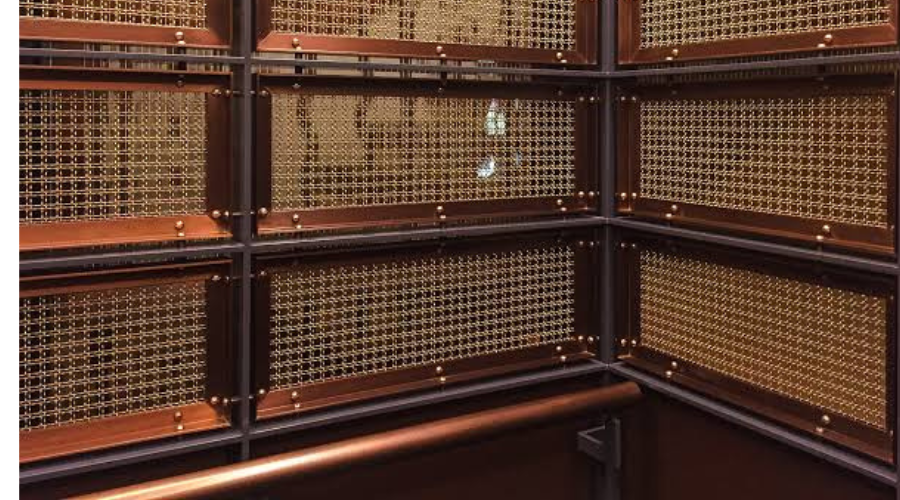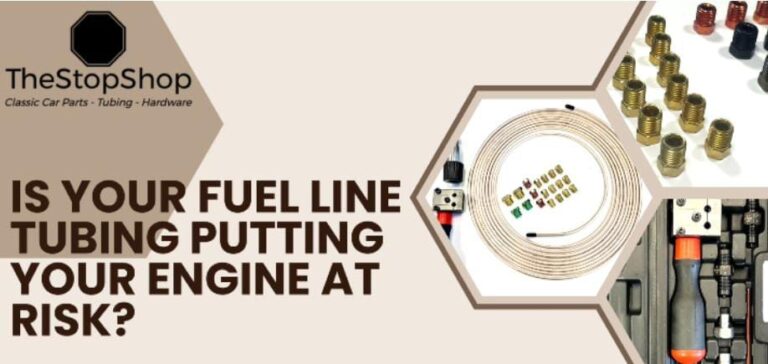Versatility and Applications of Wire Mesh Products
Wire mesh products are versatile materials used across various industries and applications, offering durability, flexibility, and functionality. From industrial settings to artistic endeavors, wire mesh finds its place in diverse domains due to its unique properties. In this comprehensive guide, we delve into the world of wire mesh products, exploring their characteristics, applications, and evolving trends.
Understanding Wire Mesh:
Wire mesh consists of intersecting rows and columns of metal wire, forming a grid-like structure. The wires are typically woven, welded, or knitted together to create a mesh pattern with varying degrees of openness and thickness. Materials commonly used for wire mesh production include stainless steel, galvanized steel, aluminum, and copper, each offering distinct advantages in terms of strength, corrosion resistance, and conductivity.
Types of Wire Mesh Products:
Woven Wire Mesh:
Woven wire mesh is crafted by weaving individual wires together in a variety of patterns, such as plain weave, twill weave, and Dutch weave. This type of mesh offers excellent strength and filtration capabilities, making it ideal for applications such as filtration, screening, and separation in industries ranging from mining to food processing.
Welded Wire Mesh:
Welded wire mesh is manufactured by welding intersecting wires at their junctions, resulting in a strong and uniform grid structure. It is commonly used in construction, agriculture, and fencing due to its durability and ease of installation. Welded wire mesh comes in various sizes and gauges, offering versatility for different applications, including concrete reinforcement, animal enclosures, and security barriers.
Expanded Metal Mesh:
Expanded metal mesh is created by cutting and stretching a metal sheet to form a pattern of diamond-shaped openings. This type of mesh offers high strength-to-weight ratio and excellent ventilation properties, making it suitable for architectural facades, walkways, and machinery guards. Expanded metal mesh can be further processed to achieve different surface finishes and decorative effects.
Perforated Metal Mesh:
Perforated metal mesh features regularly spaced holes punched or drilled through a metal sheet, allowing for controlled airflow, light transmission, and sound absorption. It finds applications in acoustic panels, facade cladding, and filtration systems where precise perforation patterns are required for optimal performance. Perforated metal mesh is available in a wide range of hole shapes, sizes, and arrangements to meet specific design requirements.
Applications of Wire Mesh Products:
Architecture and Design:
Wire mesh products are increasingly incorporated into architectural designs for their aesthetic appeal and functional properties. From decorative screens and balustrades to shading devices and signage, wire mesh adds texture, depth, and visual interest to interior and exterior spaces. Architects and designers leverage wire mesh to create dynamic facades, light diffusers, and privacy screens that enhance the built environment while promoting sustainability and energy efficiency.
Industrial Filtration and Separation:
Wire mesh filters and screens play a crucial role in industrial processes by removing impurities, particles, and contaminants from liquids and gases. They are utilized in wastewater treatment plants, chemical refineries, and oil and gas facilities to ensure product quality, regulatory compliance, and environmental protection. Wire mesh offers precise filtration control and high dirt-holding capacity, making it an indispensable component in filtration systems for water purification, air filtration, and particle separation.
Security and Safety:
Wire mesh products are utilized extensively for security and safety purposes in commercial, residential, and institutional settings. Welded wire mesh panels are used to construct perimeter fences, gates, and enclosures to deter trespassing, theft, and vandalism. Security screens and grilles made from woven wire mesh provide protection against intruders while allowing natural ventilation and visibility. Additionally, wire mesh is employed in machinery guards, safety barriers, and fall protection systems to safeguard workers and equipment in industrial environments.
Landscaping and Horticulture:
Wire mesh products find applications in landscaping and horticulture for erosion control, plant support, and landscaping features. Gabion baskets filled with rocks or gravel create retaining walls, embankments, and decorative structures in gardens, parks, and waterfronts. Wire mesh trellises and planters support climbing plants and vines, adding vertical interest and greenery to urban spaces and outdoor environments. Wire mesh fencing and barriers protect vegetation from wildlife, pests, and environmental hazards while preserving scenic views and natural habitats.
Art and Sculpture:
Wire mesh serves as a versatile medium for artistic expression and sculpture, allowing artists to create intricate forms, textures, and spatial compositions. Sculptors manipulate wire mesh through cutting, bending, and welding techniques to realize their creative visions in three-dimensional artworks, installations, and public sculptures. Wire mesh art transcends traditional boundaries of materiality and form, inviting viewers to engage with themes of light, shadow, transparency, and movement in immersive and interactive environments.
Conclusion
Wire mesh products represent a convergence of form and function, offering endless possibilities for innovation, creativity, and practicality across industries and disciplines. Whether used in architecture, filtration, security, landscaping, or art, wire mesh continues to inspire designers, engineers, and artists to push the boundaries of design, technology, and sustainability. As we embrace the potential of wire mesh products in the 21st century, their versatility and adaptability will continue to shape our built environment and enrich our lives in unexpected and transformative ways.






